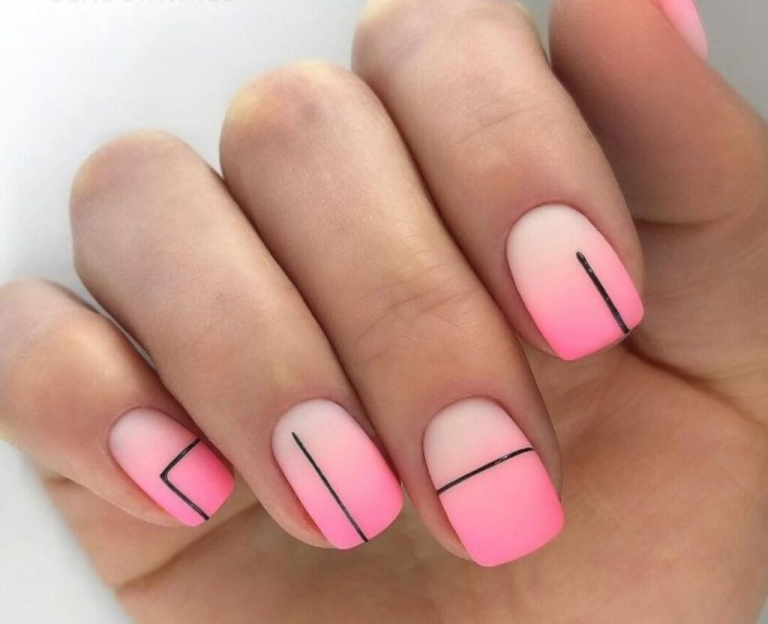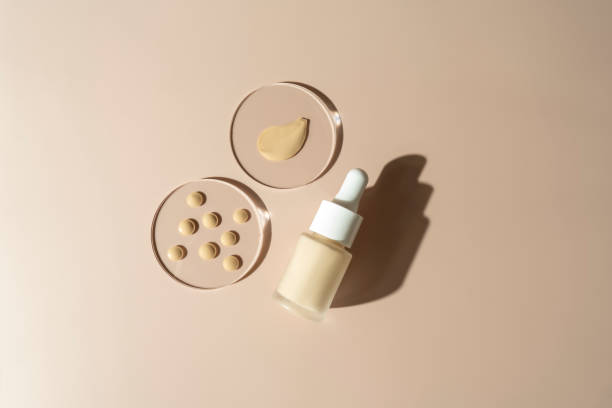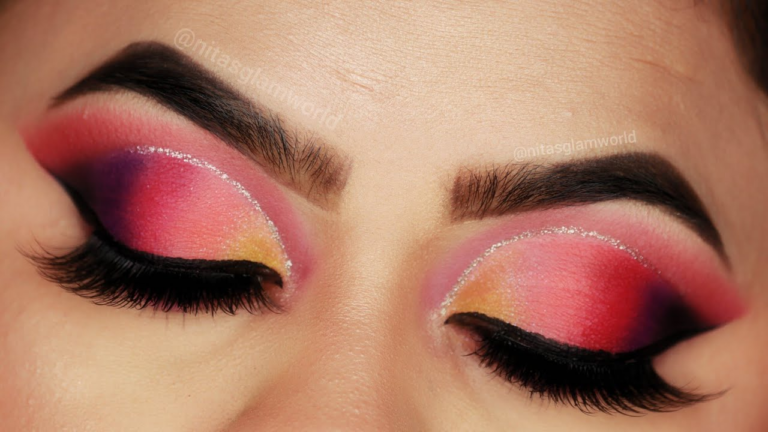Finding the right blush for your skin tone can instantly lift your complexion, give a youthful appearance, and enhance your natural glow. However, with an overwhelming array of shades available, choosing the best blush color that complements your unique skin tone can be a daunting task. The key to perfecting a natural flush lies in understanding the undertones of your skin and selecting a shade that emulates your cheeks’ natural blush. Whether you have fair, medium, olive, or dark skin, this article will guide you through the process of selecting the ideal blush shade to ensure that you radiate beauty with each and every application.
Understanding Your Undertones
Before diving into the color palettes, it’s crucial to understand the concept of undertones. Your skin’s undertone is the color that comes through from beneath the skin’s surface. Undertones can be categorized into three types: warm, cool, or neutral. Warm undertones usually have a golden, yellow, or peachy tint, while cool undertones lean towards pink, red, or blue. Neutral undertones are a mix of these colors and are not particularly dominant. Identifying your undertone will form the foundation for choosing the right blush color:
- Warm Undertones: Aim for blushes with warm hues like peach, coral, or rich terracotta.
- Cool Undertones: Look for blushes that have a hint of pink or rose.
- Neutral Undertones: If you have a neutral undertone, you’re lucky – most blush colors will complement your skin.
Blush Selection for Fair and Light Skin Tones
If you have a fair or light skin tone, choosing a blush that is too dark or bright can appear overwhelming. Instead, opt for soft, pastel shades that will enhance your delicate features without overpowering them:
- Baby pink or light pink provides a subtle pop of color.
- A pale peach shade adds a warm glow without looking unnatural.
- Lavender or light mauve can complement cool undertones beautifully.
Choosing Blush for Medium and Olive Skin Tones
Medium and olive skin tones are versatile and can carry a wide spectrum of colors. However, the goal is to pick a blush that stands out against your rich complexion while still appearing seamless:
- Medium Skin: Rich peach, mauve, and berry shades enhance the warm undertones of medium skin.
- Olive Skin: Blushes with orange undertones, such as apricot or amber, complement olive skin beautifully.
Additionally, don’t be afraid to experiment with muted bronzes for a subtle, sun-kissed look.

Flattering Blush for Dark Skin Tones
Dark skin tones can flaunt bold and deep blush shades that may appear too intense on lighter complexions. Vibrant colors work well on darker skin and can add a stunning pop of color or a tasteful highlight when applied with a light hand:
- Rose and deep fuchsia shades bring a healthy color to the cheeks.
- Tangerine or bright apricot blushes create a radiant, warm look.
- Rich berry, red, or even shades with a touch of brown tone provide depth and warmth.
Remember, blending is key to achieving a smooth, natural finish, particularly with darker and more pigmented shades.
Don’t Forget to Consider the Finish
Besides color, the finish of your blush can greatly affect the way it looks on your skin. Here’s a quick guide to the different types of finishes:
- Matte: A matte finish blush gives a more natural look and is ideal if you have oily skin or prefer a no-shine effect.
- Satin: Satin blushes have a slight sheen, adding a dewy look that’s perfect for dry or mature skin.
- Shimmer: Shimmering blushes reflect light and are best used for evening looks or for highlighting the cheekbones.
Your choice of finish should augment the blush color and work with your overall makeup look and skin type.
Conclusion
In the quest for the perfect blush, remember that the best shade is the one that closely mimics your natural flush. By taking your skin tone and undertones into account, as well as the finish that suits your skin type and personal style, you can confidently choose a blush color that will complement your complexion beautifully. Don’t be afraid to experiment and try different shades; sometimes, the most surprising hues can be the most flattering. And remember, makeup is an art—it’s all about having fun and enhancing your natural beauty.
FAQs
- Can I wear a blush with shimmer if I have oily skin? While you can wear a blush with shimmer, be mindful that it may accentuate oily skin. A matte finish may be more flattering and can help to minimize the appearance of excess shine.
- How do I find out what my undertone is? One method is to look at the veins in your wrist. If they appear green, you likely have warm undertones; if they appear blue or purple, you have cool undertones; if it’s hard to distinguish, you probably have neutral undertones.
- Is there a blush color that everyone can wear? While there’s no one-size-fits-all blush color, shades like peach often work well on a variety of skin tones because they balance warmth with a hint of pink.
- Can I use lipstick as blush? Yes, you can use lipstick as blush. Creamy lipsticks blend well on the cheeks for a pinch of color. Just ensure it complements your skin tone and is blended thoroughly.
- Should my blush match my lipstick? While coordinating your blush with your lipstick can create a harmonious look, it’s not a strict rule. However, they should complement each other and fall within the same color family to maintain balance in your makeup.








